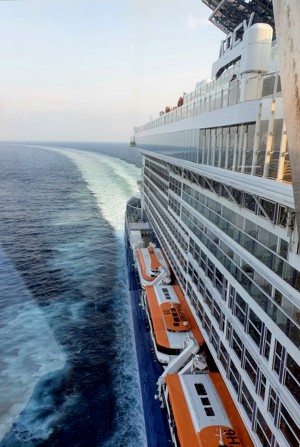As it turned out, we did see some things nearby that we missed last time, when we rented an apartment across-town near the main station. Among these: a wealthy sailors' marina; a memorial to lost mariners; 'The Little Mermaid'; and the Citadel - all a short stroll from the ship.
"But why do the boat owners need to be wealthy," we asked (the boats in the marina were not particularly impressive)? "It's expensive to moor here because the boats need to be taken out of the water each winter - when this bay freezes solid," we were told.
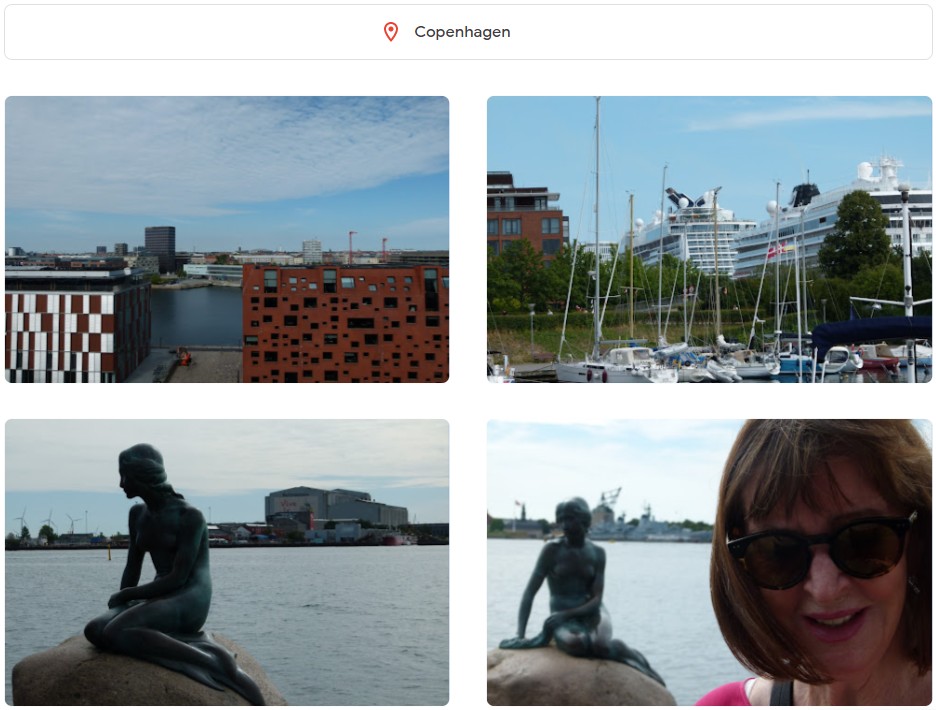
From the ship we chose a bus excursion around Copenhagen. First stop was the Royal Palace - yes Denmark is a Constitutional Monarchy too. And if that persists long enough the monarch will eventually be part-Australian, thanks to the Crown Prince meeting a nice Australian girl, Mary Donaldson, in a Sydney bar.
The couple have four children in-line (second onwards - sequentially) to the throne. The marriage has resulted in new links being established between the two countries, particularly in health-related initiatives.
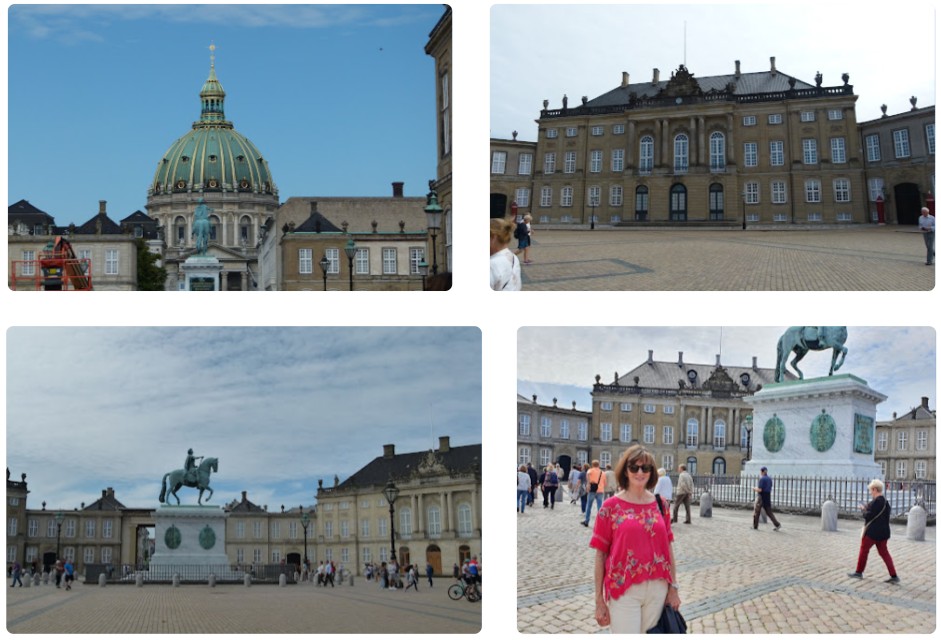 The Royal Palaces (four of them - relatively modest - as palaces go)
The Royal Palaces (four of them - relatively modest - as palaces go)
The bus tour provided glimpses of familiar and less familiar sites, like the statue of Hans Christian Anderson flashing past (not the one in the photo below - see our previous trip - here).
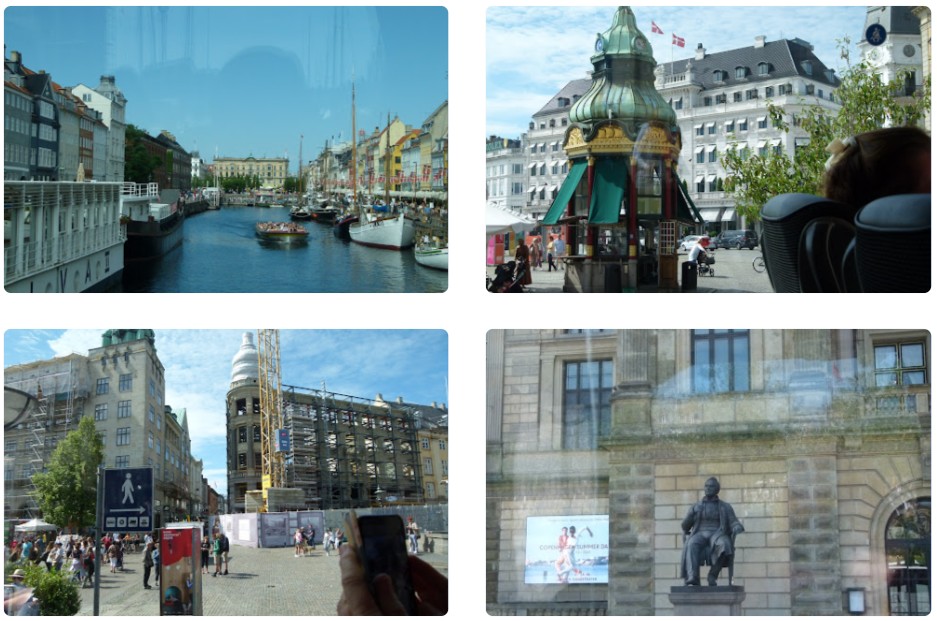
Later I went off to the Museum of Modern Art only to find it closed. But on the way back to the ship I decided to explore the historic star shaped fort known as the Kastellet (Citadel) with its mote and windmill - in addition to the compulsory old cannon. It remains an active barracks, beautifully maintained, with guards on duty. Even today, it would be difficult to attack, using infantry alone; or by rioters.
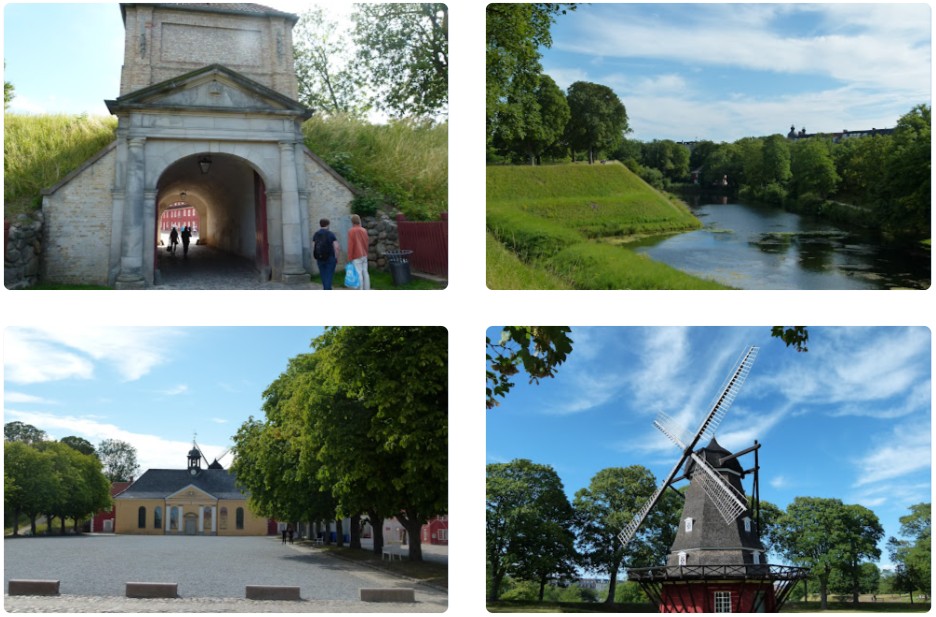
And so it was back to the ship for the last leg of our journey - out of the Baltic and around to Amsterdam.

